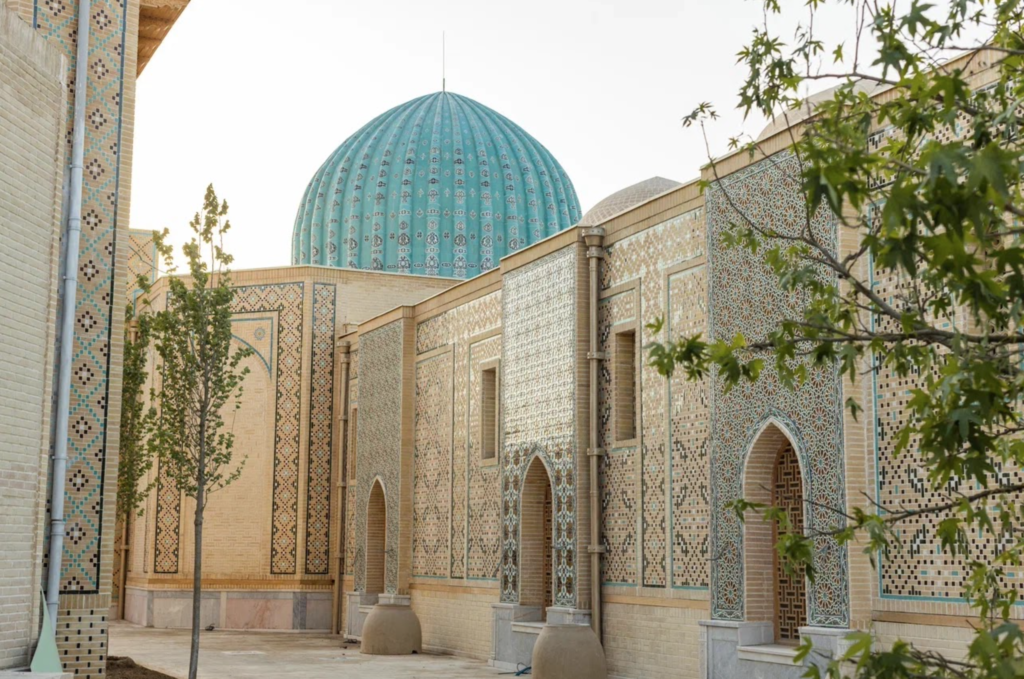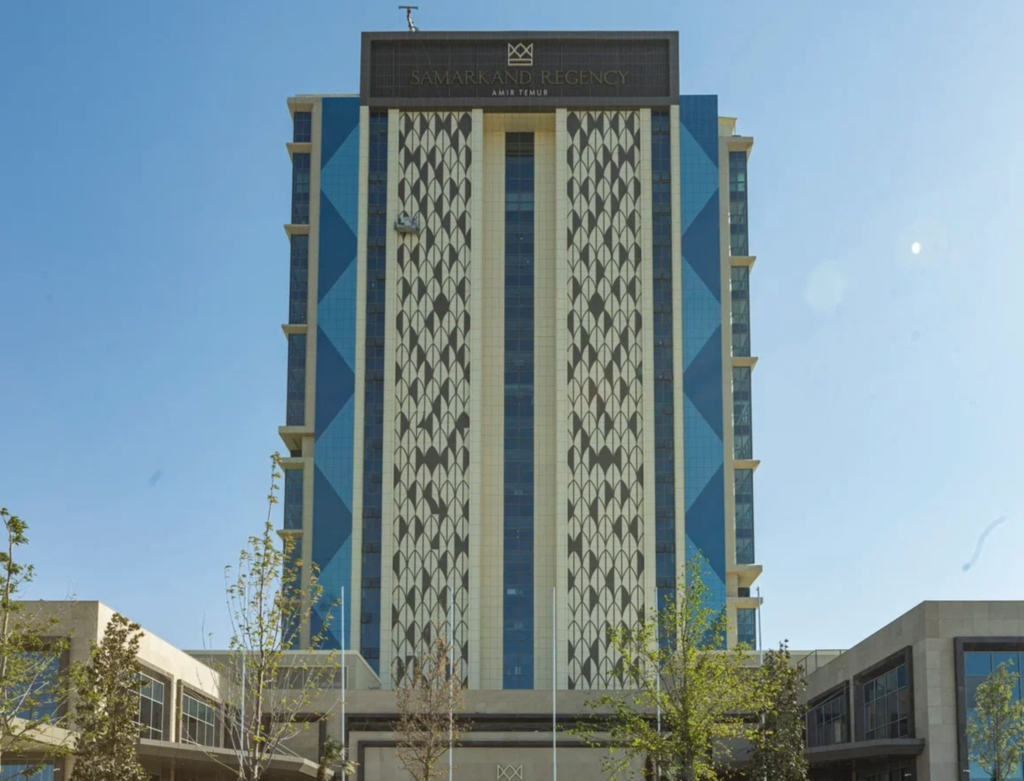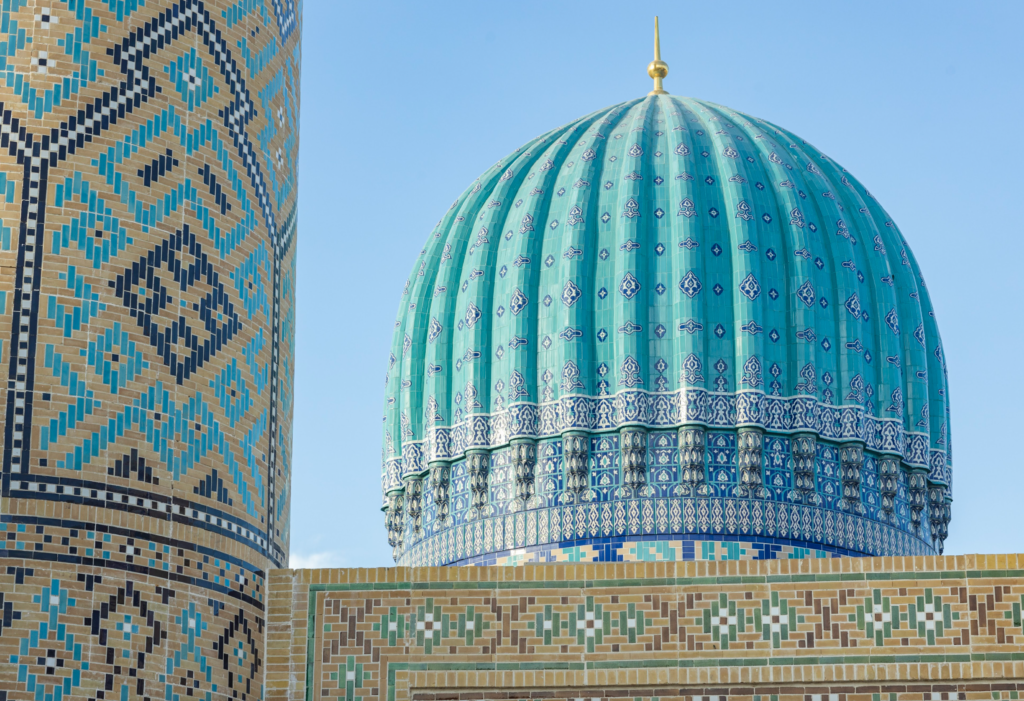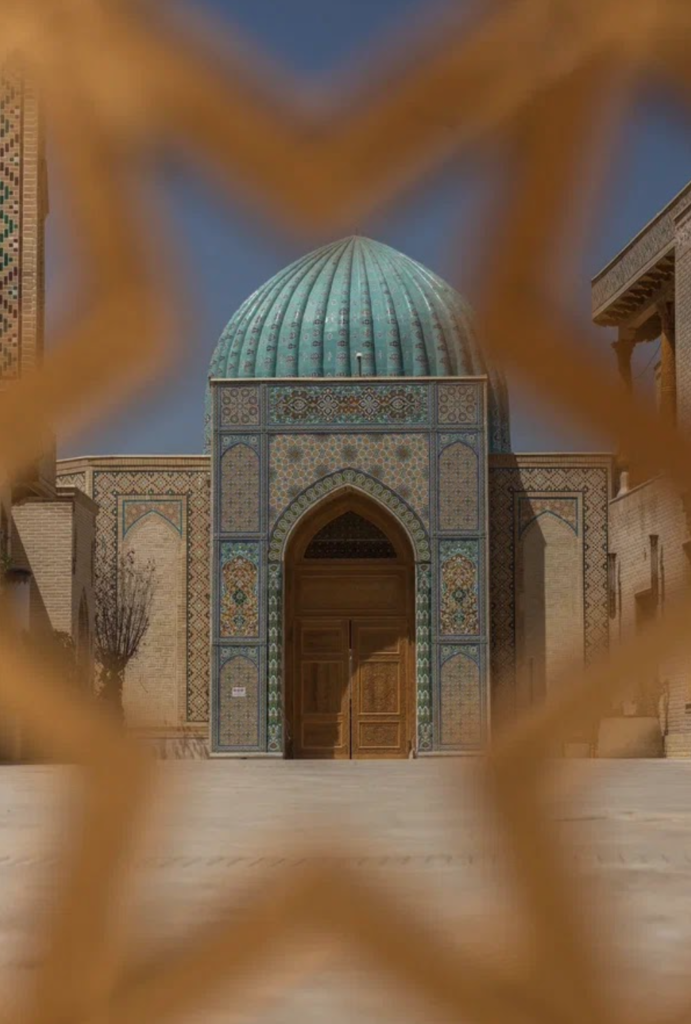After three years of development, the largest and most ambitious tourism project in Central Asia is ready to open to the public this month. Built on the eastern side of the UNESCO World Heritage city of Samarkand in Uzbekistan, Silk Road Samarkand has regenerated a 260 hectare site around a Soviet-era rowing canal. The complex includes eight luxury hotels, an Eco Village with chalet- style accommodation, congress facilities for 3,500 delegates, shops, galleries, restaurants, landscaped gardens and waterways, and the Eternal City culture and entertainment centre.

In total, the new hotels have more than 1,200 rooms, significantly increasing Samarkand’s accommodation capacity and ensuring that mid- and high-end visitors have a choice of where to stay. The flagship property, the 5* Samarkand Regency Amir Temur, is the first member of the prestigious Leading Hotels of the World (LHW) association in Central Asia. China’s Minyoun Hotel Group has two properties within the complex, Silk Road by Minyoun (5*) and Lia! by Minyoun – Stars of Ulugbek (4*). Savitsky Plaza (4*) will appeal to art lovers: it’s named in honour of Igor Savitsky, founder of the Savitksy Museum in Nukus, which houses the world’s second largest collection of Russian and Soviet avant-garde art. Wellness Park Hotels is managing a four further boutique properties in a medical cluster with sanatorium facilities.

Silk Road Samarkand aims to be a destination in its own right, however, not just a dormitory development for those visiting the historic city centre or attending conferences. The focal point of the development is the Eternal City, designed by Uzbek modern artist Bobur Ismoilov. Here master craftsmen have created a theme park / educational space inspired by Uzbekistan’s ancient and mediaeval monuments. There are galleries and workshops for around 100 artisans from across the country, showcasing aspects of Uzbekistan’s intangible cultural heritage, including ceramics, silk weaving, lacquerwork, wood carving, print making, and puppetry. Nowhere in Central Asia has a wider variety or a higher concentration of applied arts demonstrations, and there are also ample opportunities to learn about and taste local foods.

“Silk Road Samarkand is probably the most significant construction project in Samarkand since the madrassas on the Registan were finished in the 17th century,” jokes Sophie Ibbotson, Uzbekistan’s Ambassador for Tourism and author of Bradt Guides’ Uzbekistan. “Within the UNESCO World Heritage Site there is simply no more space to build, which is why Samarkand has gone so long without a 5* hotel. Silk Road Samarkand will enable the growth of the city’s tourism sector, providing the high quality hotels and supporting infrastructure which international visitors expect to find in a world-class destination like this.”

Construction of the Silk Road Samarkand has certainly been a logistical challenge. In the past three years Enter Engineering, the project’s general contractor, installed 46,000 km of cables, built structures with 2,700 tons of steel and 384,000 m3 of concrete, erected 12 bridges, cleaned and enlarged 46 hectares of canals, and laid more than 20 km of roads. 30,000 trees and 238,000 shrubs have been planted, and a solar field was constructed to supply the site with renewable energy. A workforce of more than 10,000 people participated, having to comply with strict COVID-19 regulations for much of the build period. US$580 million has already been invested in the project by a consortium of private investors.
The Silk Road Samarkand complex was inaugurated by President Shavkat Mirziyoyev on 23 August, and will host the Heads of State of all Shanghai Cooperation Organisation member countries for the annual SCO Summit on 15-16 September. The hotels are therefore able to take public bookings once the official delegations have left, from 20 September onwards.







